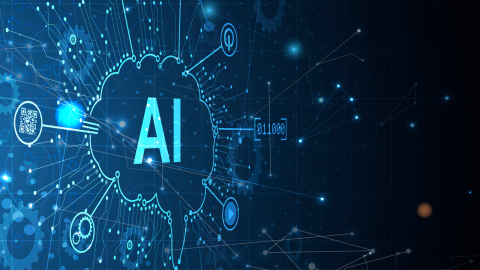Hydrogen from renewable sources is in short supply. While future plentiful supplies are planned, currently only a very small number of data centers are using hydrogen for standby power.
filters
Explore All Topics
Enterprises have much enthusiasm for AI, interviews and workshops by Uptime Intelligence suggest, but this is tempered by caution. Most hope to avoid disruptive, expensive or careless investments.
While the aim of FinOps is to manage just the cloud costs, technology business management seeks to aggregate all costs of IT, including data centers, servers, software and labor, to identify savings and manage return on investment.
To meet the demand driven by AI workloads, a new breed of cloud provider has emerged, delivering inexpensive GPU infrastructure as a service. Their services are highly demanded today, but longer-term, the market is ripe for consolidation.
While GPUs are the power-hungry devices that enable effective AI training, it is innovations in software that are fueling the recent surge in interest and investment. This report explains how neural networks power generative AI.
Although quantum computing promises a revolution in scientific discovery, its use is still constrained to research and continuing development. However, a new IBM quantum data center in Germany signals a growing interest in its capabilities.
This report provides a regional view of the results from the Uptime Institute Global Data Center Survey 2024 and highlights some of the different challenges and strategies of data center owners and operators across the globe.
Trust in AI as a tool for data center operations has declined sharply in the past three years. It is possible to control for the factors that drive mistrust - and see better outcomes when employees interact with AI-based systems.
Hydrogen is a promising energy storage medium that can help decarbonize infrastructure. It is not a great fit for the majority of data centers, and the hydrogen economy is not fully developed.
Most operators will be familiar with the outrageous power and cooling demands of hardware for generative AI. Why are these systems so difficult to accommodate, and what does this mean for the future of data center design?
Two-phase immersion was expected to revolutionize data center cooling but proved difficult to implement. With escalating silicon thermal power, two-phase is gaining substantial interest again, just in a different form: direct-to-chip liquid cooling.
This report discusses recent innovations in air cooling, such as advanced evaporative cooling methods, AI-driven facility management and cutting-edge server heat sinks.
Alongside continued developments in liquid cooling, there are reports of air-cooled data centers that achieve standout levels of efficiency. Uptime explores the factors that combine to enable exceptional efficiency in air cooling.
This report outlines the characteristics of machine learning (ML) applications, describes production use cases for ML-based software in data center M&O, and profiles several vendors offering AI-based functionality in their products.
Underwater data centers promise to be both economical and sustainable. The prerequisite densification of infrastructure and unmanned operations may only suit specific workloads, but lessons learned under water may influence land facilities.
 Peter Judge
Peter Judge
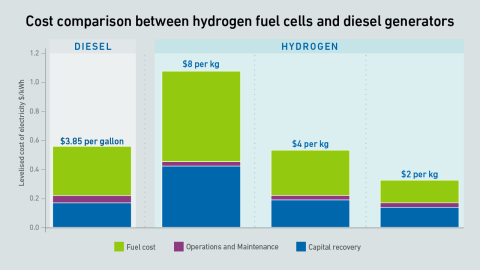
 Andy Lawrence
Andy Lawrence
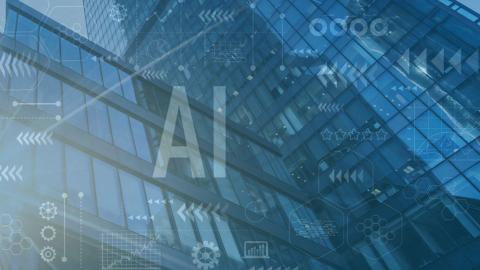
 Dr. Owen Rogers
Dr. Owen Rogers

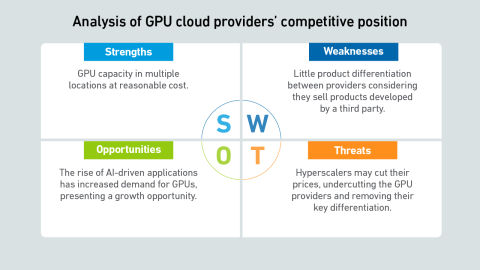
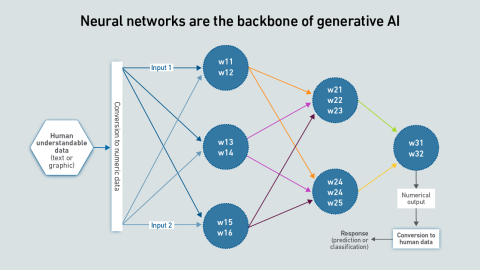
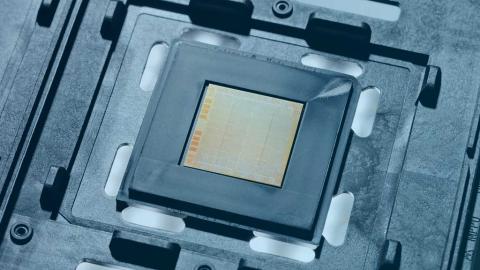
 Douglas Donnellan
Douglas Donnellan
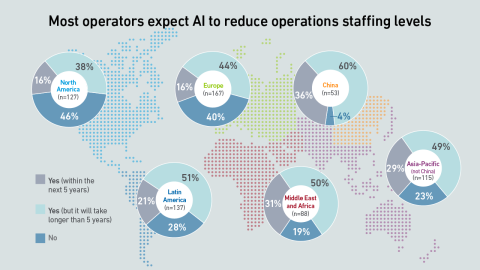
 Rose Weinschenk
Rose Weinschenk

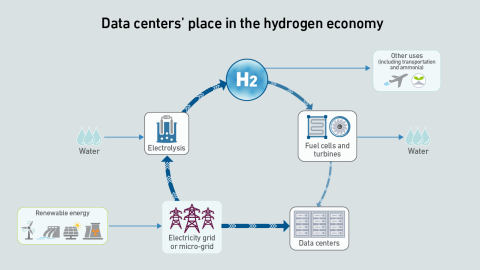
 Max Smolaks
Max Smolaks
 Daniel Bizo
Daniel Bizo
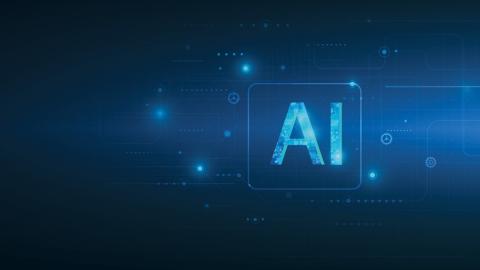

 Jabari Williams-George
Jabari Williams-George
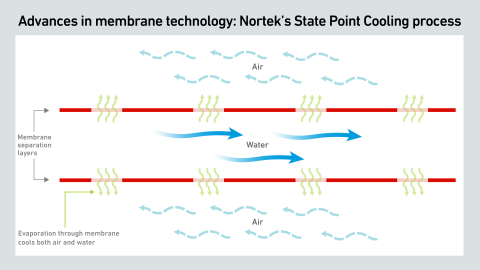
 Jacqueline Davis
Jacqueline Davis
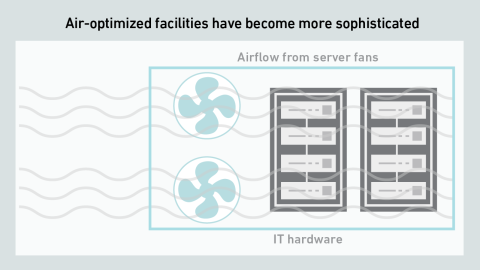
 John O'Brien
John O'Brien
